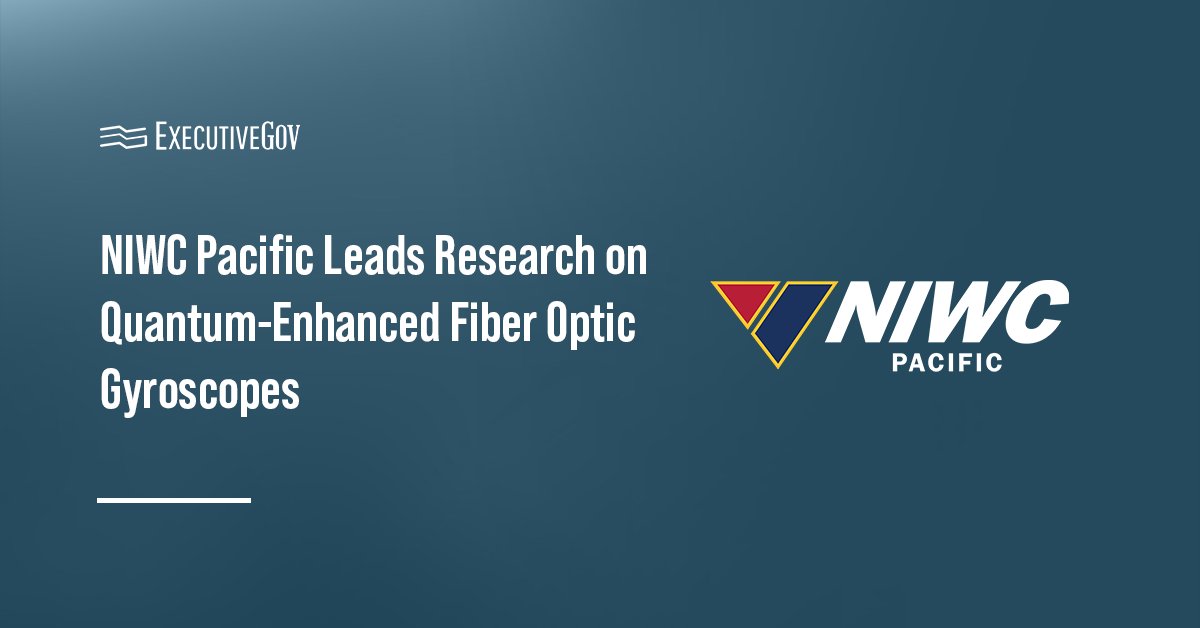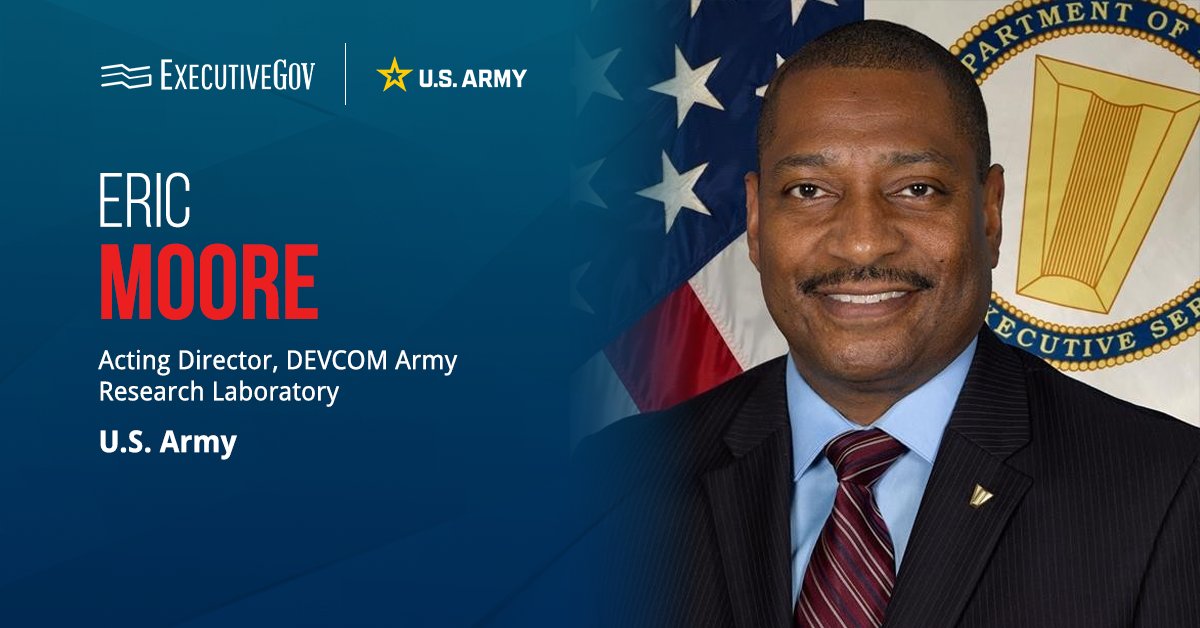Scientists at the Naval Information Warfare Center, or NIWC, Pacific in San Diego are advancing research on quantum-enhanced fiber optic gyroscopes, or FOGs, to improve precision navigation for the U.S. Navy, DVIDS reported Monday.

NIWC Pacific’s advancements in quantum-enhanced FOGs highlight the growing role of quantum technologies in defense. To dive deeper into these innovations, a panel discussion titled “Securing the Quantum Edge” will take place at the Potomac Officers Club’s 2026 Defense R&D Summit on Jan. 29. Sign up today to join the conversation and learn how quantum technologies are shaping the future of defense.
The research team is developing techniques to reduce noise and increase photon flux, aiming to surpass the sensitivity limits of traditional FOGs. Such gyroscopes play a key role in inertial navigation, enabling vessels to determine orientation without relying on GPS.
NIWC Pacific researchers are using entangled photon states, known as N00N states, to enhance FOG sensitivity and angular rotation precision.
“This work is particularly significant for long-duration missions in GPS-denied environments where accurate navigation is vital for warfighter safety and mission success,” said Joanna Ptasinski, head of NIWC Pacific’s cryogenic electronics and quantum research branch.
Table of Contents
How Do Quantum FOGs Achieve Greater Precision Than Traditional Gyroscopes?
Traditional FOGs leverage classical light to measure angular velocity, but their precision is limited by shot noise.
Meanwhile, quantum-enhanced FOGs utilize the unique properties of entangled photons to potentially achieve sub-shot noise precision.
“Our work mitigates one of the key obstacles in quantum FOGs: uncorrelated photon noise,” Ptasinski said. “By identifying optimal phase bias angles and suppressing noise sources, we’ve paved the way for more reliable and precise quantum gyroscopes.”
How Could Quantum FOGs Improve Naval Navigation & Defense Systems?
According to the report, NIWC Pacific’s work demonstrates the potential of quantum-enhanced FOGs to provide navigation solutions for surface ships, submarines and unmanned underwater vehicles operating in GPS-denied or contested environments. The technology could also play a role in missile guidance and other defense applications that require ultra-precise orientation.
“Precision navigation is not just a technological advantage; it’s a strategic necessity,” Ptasinski said. “The Navy’s investment in quantum technologies like this ensures we remain at the forefront of innovation, ready to meet the challenges of tomorrow’s battlespace.”





